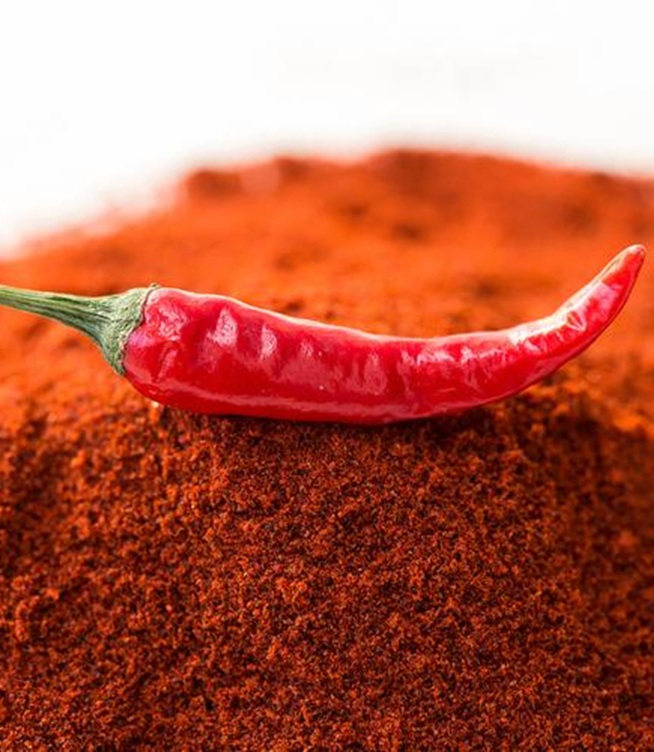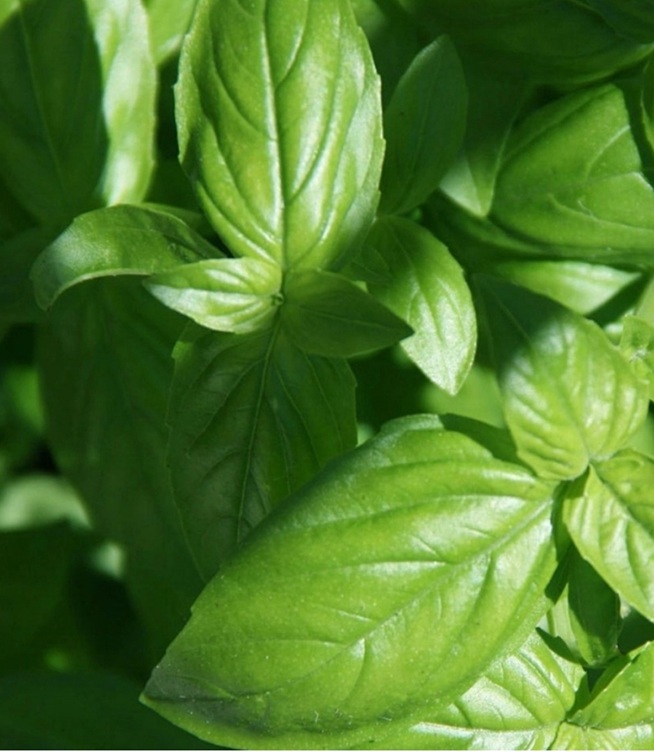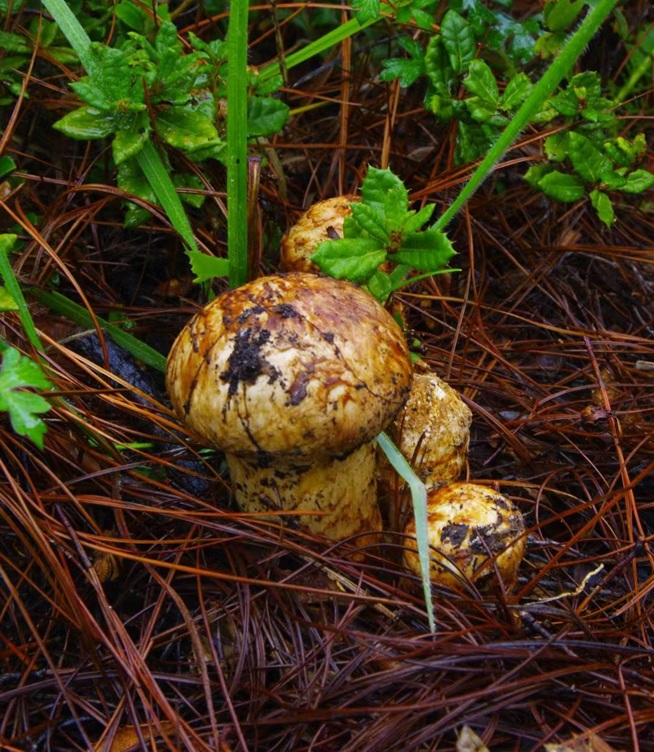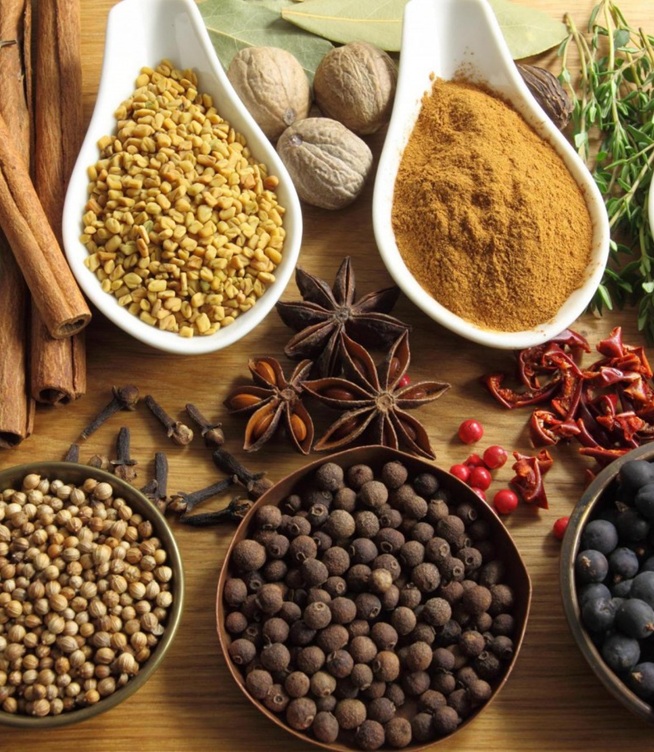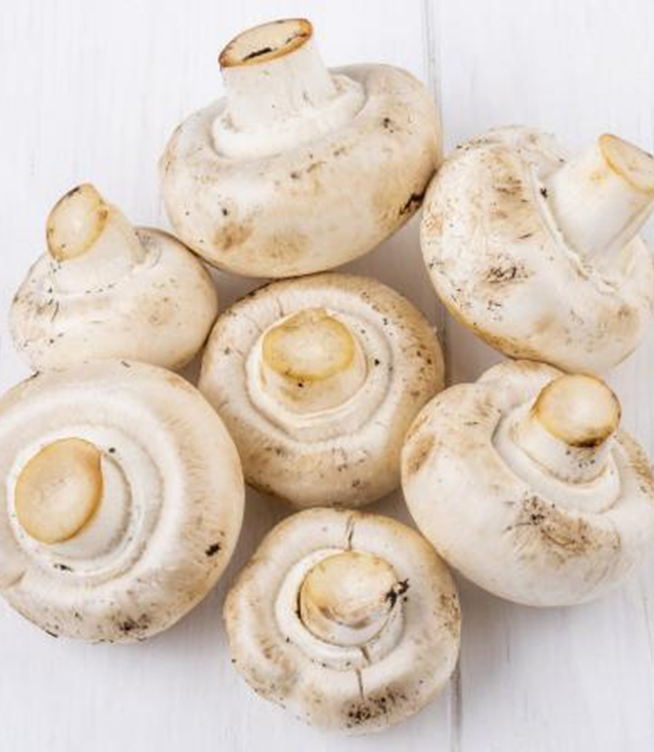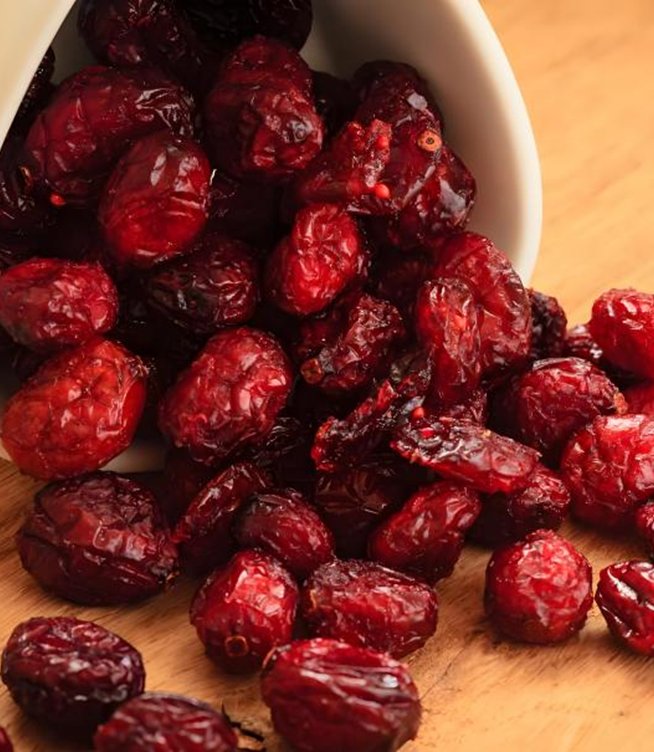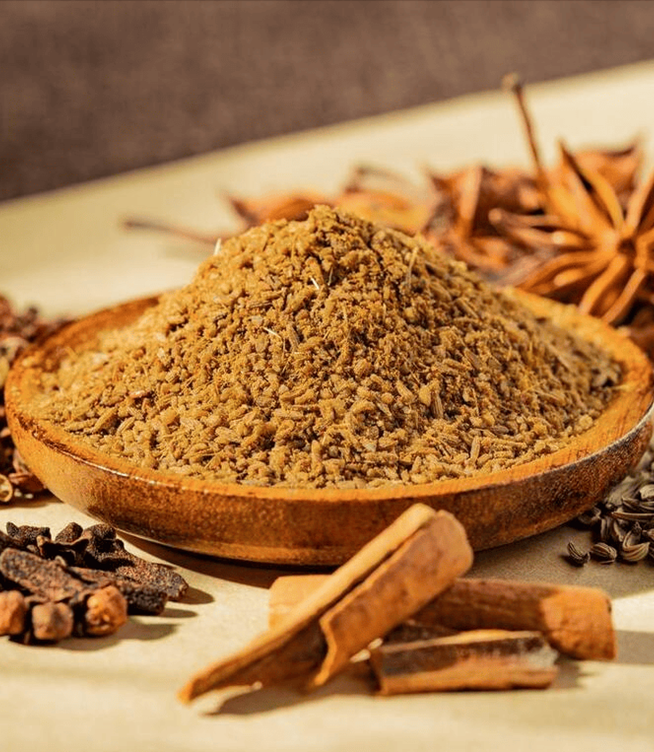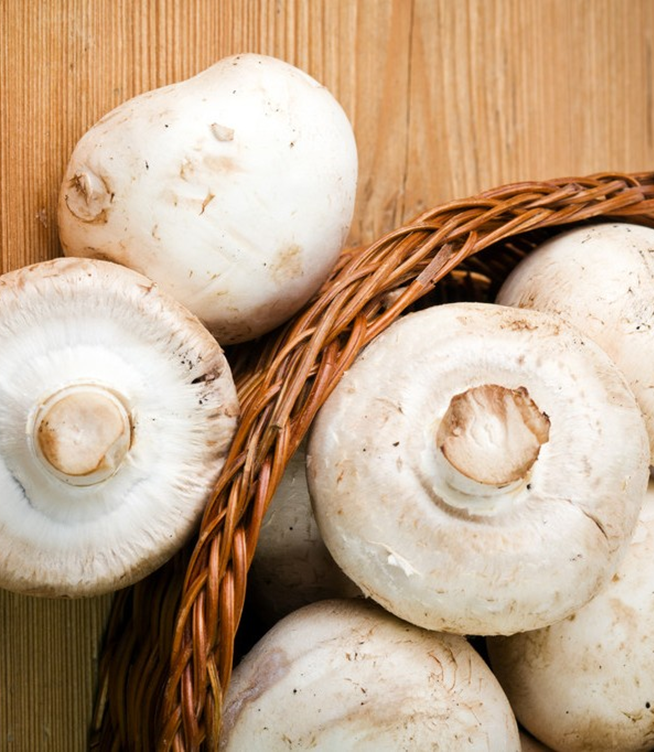Is Fresh Always Better? The Truth About Frozen Fruits and Vegetables
It’s a common belief that frozen foods are nutritionally inferior and lack the flavor of fresh produce. But is this assumption accurate? In reality, the nutritional value and taste of frozen foods are not necessarily worse than those of fresh foods — the outcome depends on several factors, one of the most important being the freezing speed. In this article, we’ll take a closer look at the science behind frozen foods and uncover what really affects their quality.
The Impact of the Freezing Process
To understand the differences between fresh and frozen foods, we must first look at what happens during the freezing process. While food types vary, they all provide the body with seven essential nutrients: proteins, carbohydrates, fats, vitamins, minerals, dietary fiber, and water. So how does freezing affect the preservation and transformation of these nutrients? This is key to understanding the difference between the two types of food.
As fresh foods sit over time, various biochemical processes begin to break down their “fresh” qualities. These include microbial activity that causes spoilage, enzymatic reactions that degrade texture and flavor, as well as oxidation and respiration that lead to nutrient loss. To extend shelf life, we typically rely on refrigeration or freezing to slow these reactions.
When food is frozen, microbial activity is nearly halted and enzyme function significantly reduced, which effectively extends the product’s shelf life. For fruits and vegetables, freezing also stops respiration, and slows down chemical changes such as fat oxidation and protein denaturation. However, moisture loss — known as freezer burn, caused by ice sublimation on the surface — can still occur during storage and affect food quality.
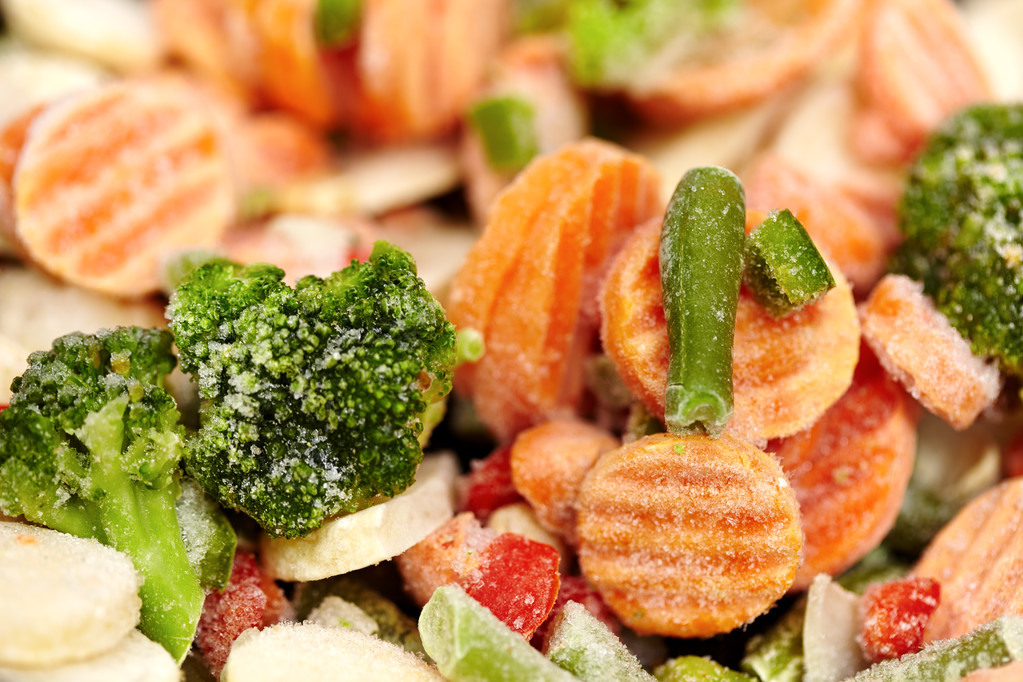
Preserving Nutrients in Frozen Foods
Compared with room-temperature or refrigerated storage, freezing greatly slows down the biochemical reactions that lead to food degradation. This challenges the long-standing notion that frozen food lacks nutrition. In fact, freezing often does a better job of preserving nutrients.
For example, fresh vegetables stored at 20°C (room temperature) for 2–3 days or at 10°C for 4–6 days can lose up to 40% of their vitamin C. In contrast, vegetables that have been flash frozen and stored for 100 days typically retain far more of their nutritional value, maintaining a high level of edibility and health benefits.
Quick Freezing vs. Slow Freezing
As we’ve mentioned, freezing doesn’t inherently damage nutrients — it actually helps preserve them. However, if the freezing process is not done correctly, it can lead to large ice crystals forming within the food, which cause physical damage to cellular structures. Once thawed, this damage can result in food becoming mushy and leaking moisture. This liquid loss carries away many water-soluble nutrients, diminishing both taste and nutritional value.
The key lies in controlling the freezing speed. As water freezes, ice crystals first form around small nuclei. When freezing happens slowly, fewer ice nuclei are created, and those that form tend to develop between cells. Over time, these grow into large ice crystals that compress and rupture the cells. After thawing, the food’s texture and quality are noticeably reduced.
In contrast, when freezing occurs rapidly, ice nuclei form both inside and outside the cells almost simultaneously. This leads to the creation of many small, evenly distributed ice crystals, closely resembling the natural state of water in fresh food. As a result, moisture loss during thawing is minimal, and the food can return to a state that is very close to its original texture and flavor.
This is the fundamental difference between quick freezing and slow freezing. The faster the freezing, the better the final quality.
The Advantages of Industrial Freezing
Home freezers usually maintain a temperature of around -18°C, which limits how quickly food can be frozen and, consequently, the quality that can be preserved. To achieve higher freezing speeds and better food quality, industrial freezing technologies offer a major advantage.
Compared to household freezers, industrial cold storage systems are far more powerful. They can reach much lower temperatures and utilize various advanced freezing techniques — such as forced-air or contact freezing — that significantly increase heat exchange and freezing speed.
For instance, to maintain the premium quality of frozen seafood, cold storage in many countries is set between -30°C and -25°C. In Japan, ultra-low temperature freezing at -60°C to -40°C is used to keep tuna vibrant red and fresh-tasting. Clearly, a home freezer at -18°C cannot meet such high standards.
The IQF Advantage from ShunDi
At shundi foods, we offer a wide range ofindividually quick frozen fruit and vegetable products that are processed using advanced freezing technology to lock in nutrition, texture, and color at the peak of freshness. Our IQF solutions minimize drip loss, reduce nutrient degradation, and ensure consistent product quality batch after batch. Looking for a reliable supplier of premium frozen food ingredients? Partner with ShunDi for products that combine science, safety, and flavor.


